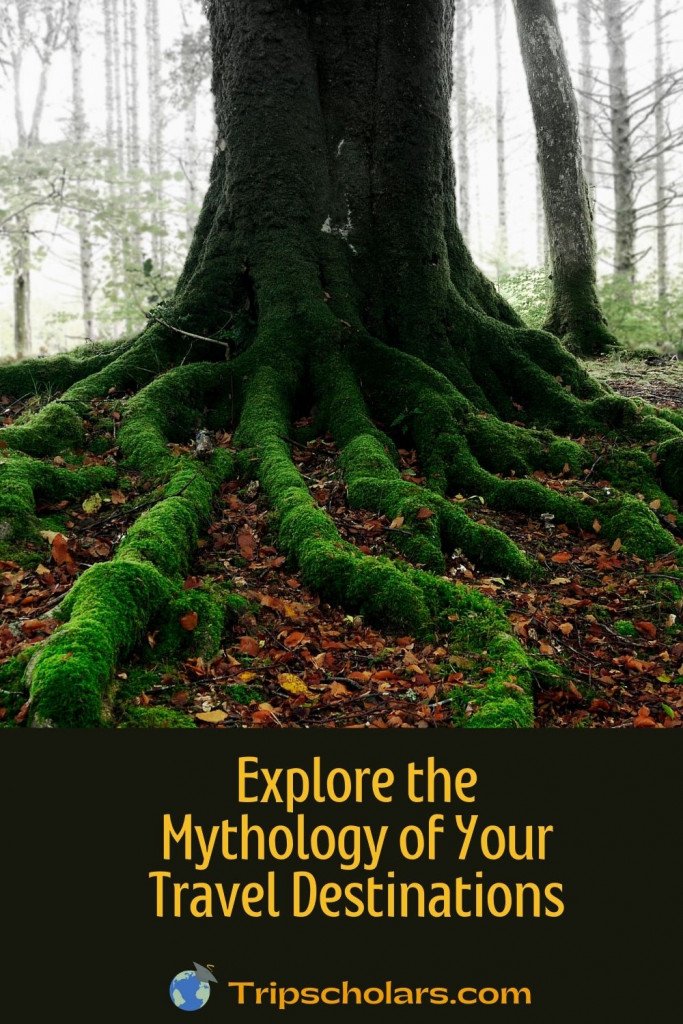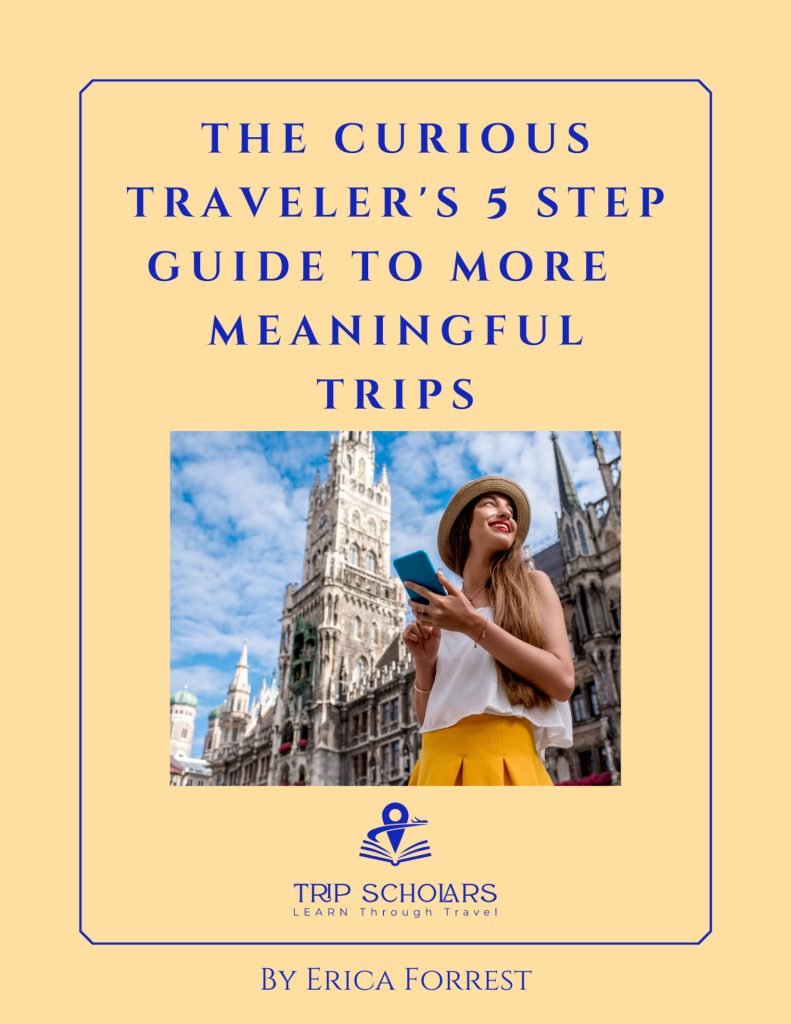
Explore the Mythology of Your Travel Destination
Photo from Wikicommons
This post may contain affiliate links which means Trip Scholars may make a small commission (at no extra cost to you) if you make a purchase. As an Amazon Associate I earn from qualifying purchases. Read more here. Thanks for helping us keep the lights on!
Most of us travel first and then make interesting discoveries on the trip. We promise ourselves to research the topic more when we return home, but usually don’t. Imagine the depth your travels could have if you were familiar with the myths and folklore of the area before you left home.
Create Information Hooks to Hang your Travel Discoveries Upon
The theory of Constructivism says that new learning builds upon prior knowledge. If you explore the mythology of a destination before you leave home, with a few hours of research, you can create information hooks in your mind and enrich your travel experiences.
Studies have shown that prior study and knowledge create hooks in your mind. Without these hooks, new information slips away. You might miss reoccurring symbols, or not appreciate the history of a site unless you have some background information.
Brainstorm What you Already Know About the Area
Often, you plan a trip because you want to see important landmarks or visit areas you have seen covered in travel articles. You may have some background information already: take a minute and brainstorm what you already know about the history, religion, or geography of the area.
For example, I am planning a trip to the United Kingdom. I know they have a Celtic and Druidic history. A quick search tells me that Druids were religious leaders of the Celts, so I will focus my research on Celtic mythology. And I know Rome invaded the area, so I will anticipate Greek and Roman mythology as well.
Use your Brainstorm to do an Overview Search
This will link new information to your background knowledge. Next, bookmark interesting links that you might want to read after your initial research.
Tip! Try not to dive into rabbit holes at this point. The brain loves to get lost in stories. Save them for later. Remember, you are planning your trip.
For my U.K. trip, my first stop is Wikipedia: Celtic Mythology. I learn that the Romans and Christians destroyed the written records of the Celts most of the evidence for the Celts is archeological. This alerts me to look out for any Museums of Man or archeological museums in guidebooks.
I will also remember that the Romans and Christians created most of the written materials about the Celts. Thus, I will be alert for bias.
Celtic Animism
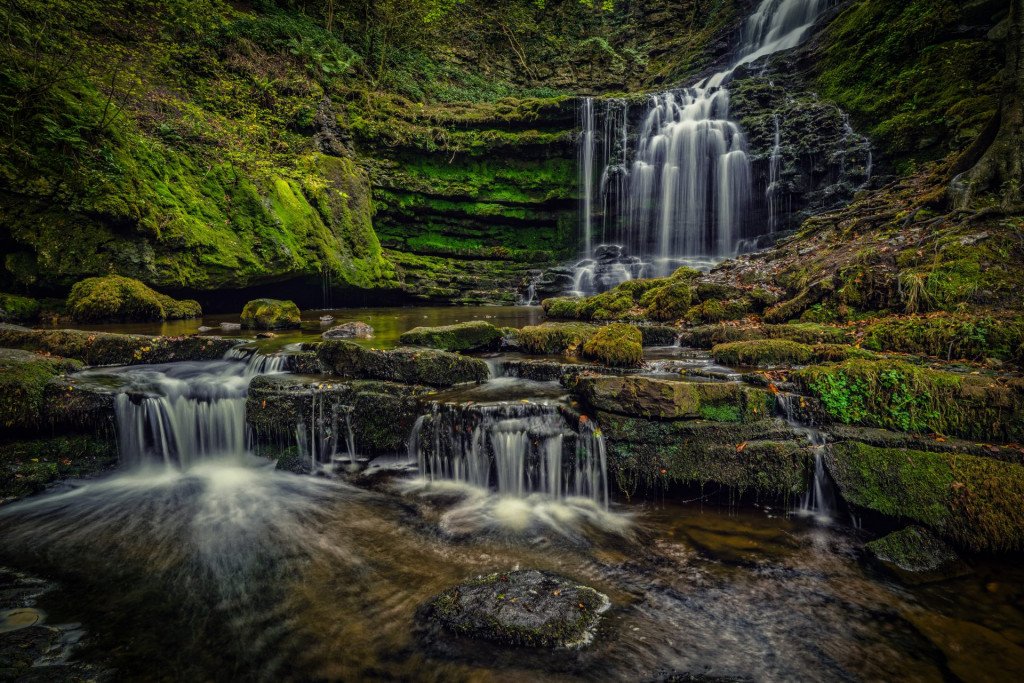
The Celtics were animists. This means they believed spirits and divine beings inhabited the natural world around them. Humans could interact with these spirits.
Quote: Every mountain, river, spring, marsh, tree and rocky outcrop had a spirit. –Celtic Animism
This animism makes the geography of the United Kingdom even more interesting. The Celts revered water, in particular. It not only supported life, but it also provided a connection between the spiritual and physical realms. Research geographic landmarks such as rivers, lakes and mountains in the areas you will visit. Try and find out which spirit inhabits particular rivers or mountains and read their myths.
The Dagda
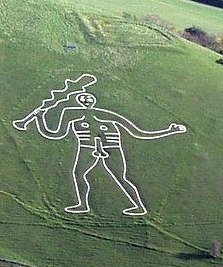
The Dagda was the Leader of the Irish Gods and Embodied Ideal Irish Traits. I add Dorsett, England to my itinerary because I want to see Cerne Abbas Giant. This is a famous outline of Dagda (or possibly Hercules) cut into chalky soil. Outlined in white, it is 55 meters (180 ft) high. He is an ithyphallic giant, which means he has a huge erection!
The Roman Influence
The Romans syncretised religions in areas they conquered. This is the blending of two religious beliefs into a new system. In the case of the Romans, they incorporated an existing area’s religious beliefs into the conquerors’ religion.
I add Bath, a UNESCO Heritage Site, to my itinerary. A city with a long history, it is the site of famous thermal springs and Roman baths. It was a popular spa tourist destination for the British in the 1800s and has beautiful architecture. And, thanks to my research, I know about the curses of Sulis Minerva.
Sulis was the Celtic goddess of the thermal hot springs in Bath. Curse tablets were found in the spring asking Sulis Minerva to take revenge for items stolen in the bath house. They threatened thieves with loss of mental functions, loss of sleep and a ceasing of bodily functions unless the items were returned to their owners.
Minerva was the Roman goddess of wisdom and decisions. It is not surprising that the Roman’s syncretised the two goddesses.
At the many pubs I plan to visit, I will offer a toast to Apollo Sucellos. Apollo was the Roman god of music, dance, truth and prophecy and Sucellos was the Celtic god of agriculture. Apollo Sucellos was often portrayed carrying a beer barrel on a pole and a hammer. His companion, Nantosuelta, a Celtic goddess, wears a long dress and holds a dovecot on a pole. Together they represent prosperity and domesticity.
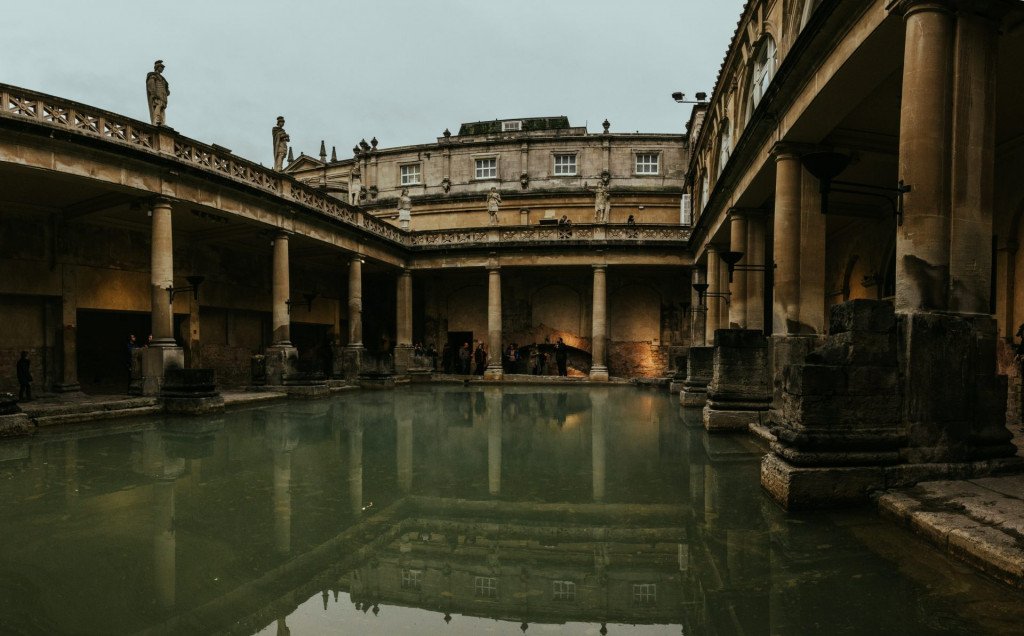
Look for Wheel Symbols
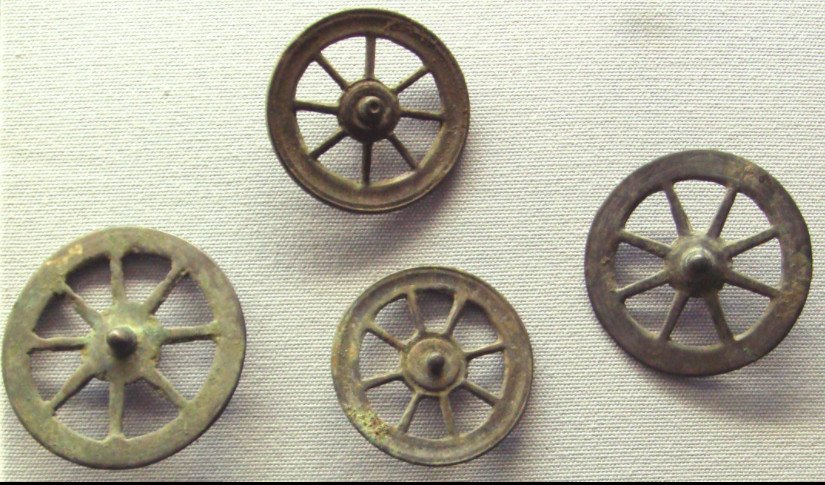
Symbols of the chariot wheel have been found in archaeological sites throughout the British Isles. The wheel was the symbol of Taranis, the Celtic god of thunder. Taranis was depicted as carrying a thunderbolt and a wheel. The Romans equated him with Jupiter and the Germans with Thor.
The chariot wheel has been found on Celtic coins. Symbolic votive wheels were offered at shrines and cast into rivers, such as the Seine, and worn as amulets. I’ll keep my eyes open for these wheels in museums and on building motifs.
Plants and Folklore
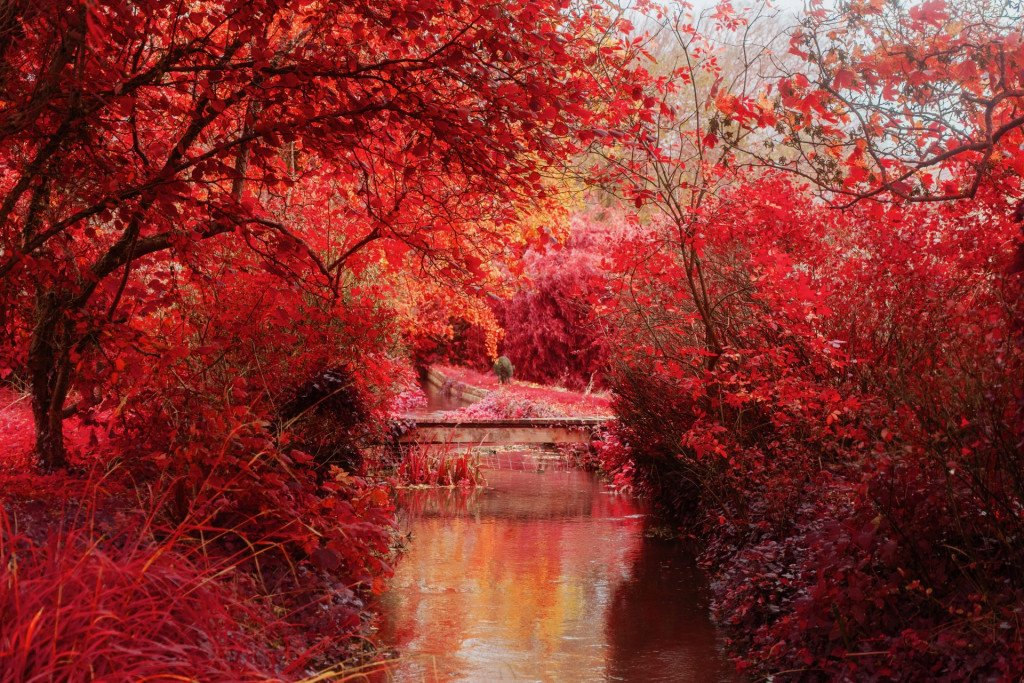
There is something magical about being able to point to a plant and know its name. Amusing your traveling companions with some local folklore about the tree is even better. For example, I live in California and dove deep into the Mythology of the California Fan Palm. It makes me love these iconic trees even more.
I do a google search for folklore of English trees and many resources appear. I scan through the resources to find ones with good images. I want to be able to recognize the trees when I see them in real life. This resource from Discover Wildlife is a perfect fit.
Using this text and others, I will make a little cheat sheet of leaf shape and tree characteristics for my trip. In addition, there are sacred groves located throughout the countryside that I will look for in my guidebooks.
Yew and Elm Trees Have Captured my Imagination
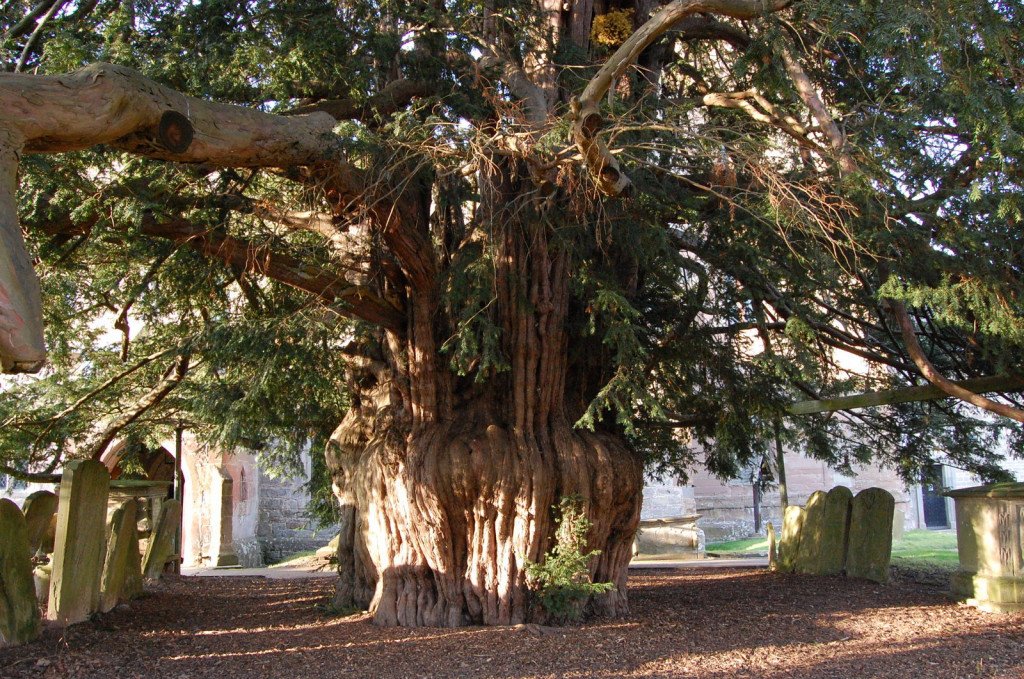
The Yew is a tree with a rich folklore. It has a unique growing structure; its branches enter the ground and become trunks. It is also toxic and the symbol for death and resurrection in Celtic culture.
Icy Sedgwick, whom I follow on Twitter, wrote a blog on the Folklore of the Yew. When I reread it, I learned that many churches were built on holy Celtic sites. This makes the yew a common tree on church grounds. Some yews have lived 2,000 years.
Yews were also planted in graveyards. People believed the roots would grow through the skulls and keep the dead in their graves. I always visit graveyards when I travel, so I will keep my eyes open for yew trees.
I will also seek elms trees.
Animals in Celtic Mythology
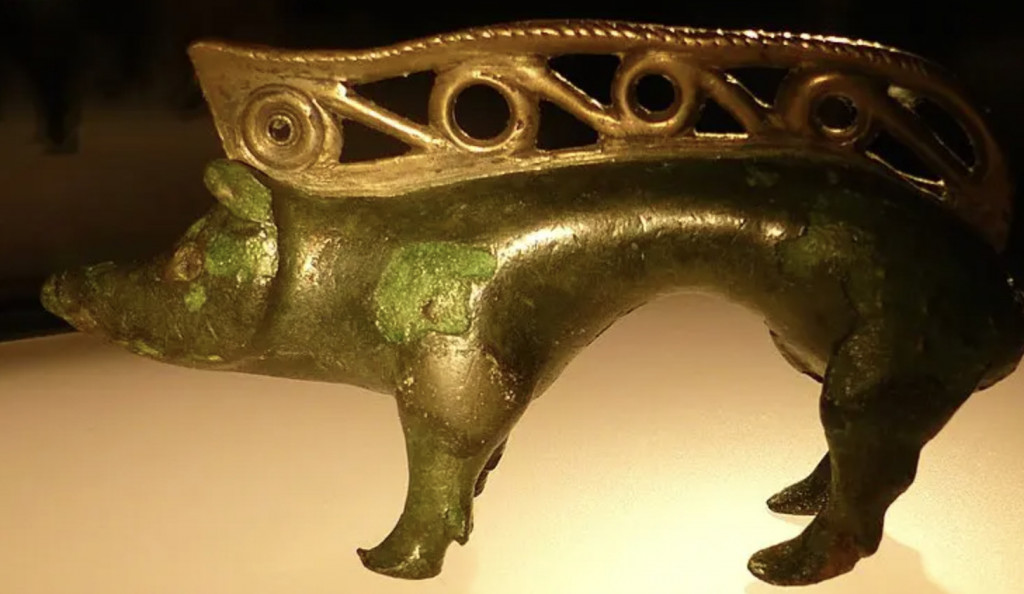
Animal imagery appears throughout Celtic art, jewelry, tapestries, and carvings. The animals represented specific traits and held sacred power. Here are a few of the most popular animal motifs.
Owls: the Celts feared owls as creatures of the Otherworld. My blog on Owl Mythology digs deep into many myths around this animal, its connection to Athena, and its natural history.
Boars: this animal symbolizes royalty, bravery, and prowess in battle. Boars appear on coins, statues, and helmet crests. They are in the stories of Fion Mac Cumhail and his boar hunts.
Dogs: these animals symbolize companionship, protection, and loyalty. They also denote the strength of a warrior and are the source of the expression “Dogs of War.”
Horse: this animal is linked to a number of Celtic goddesses and symbolizes sovereignty and political power. However, there are two evil versions of horses as well:
- Pooka are shapeshifting goblins who can take the shape of a black horse. They vandalize fences and crops at night and will make chickens and cows unable to produce.
- Kelpie are evil water spirits who haunt rivers and lakes. They can appear as a foal or horse with a wet mane. When someone tries to get on their back, their skin becomes adhesive. The kelpie then rides into the water and drowns the rider.
Celtic mythology is rich with animal lore. I always haunt book stores when I travel. Finding books about Celtic animals will be at the top of my souvenir shopping list.
Ask Social Media for Tips
Don’t forget to use social media for tips on mythological, folk or superstitious places to add to your itinerary.
Twitter has many mythology buffs. State your question and use #MythologyMonday, #FairyTaleTuesday, #WyrdWednesday, #FolktaleThursday, and #SuperstitiousSaturday. I know you will receive a flood of recommendations.
On Quora I asked,What museums should I visit in the U.K. to see Celtic artifacts?” This is the first time I’ve asked a question in Quora. I received the following replies within 24 hours. Quora is a wonderful site that I will use again.
Start with Dublin, Ireland. It is not the UK, but never mind. Trinity College Museum is the holy grail. Absolutely fabulous. So is all of Dublin. Give yourself at least a week.
Ellen B.Cutler
I would first of all go to Glasgow. Then on to Parhead. There is a large arena there that is home to all things Celtic. They are most welcoming and will give you a tour of the place including the trophy room/ museum. It has the best collection of Celtic artefacts on the planet.
Erik Wilson
The National Museum in Edinburgh and the Glasgow’s St Mungo Museum of Religion might be worth checking out online. The British Museum holds vast collections but not always with them on display.
Mike McGuire
The British Museum and the Museum of London.The Museum of Scotland in Edinburgh is also worth a visit.
Rachel Taylor
Study mythology to enhance your travels
You should explore the mythology of your destination before you leave home to create brain hooks to hang your travel discoveries upon. Once you learn about the myths and symbols, your eyes will see them instead of passing over them in the over-stimulation of travel.
Your research will give you new destinations to add to your itinerary. Best of all, you will have amazing stories to tell your companions and new acquaintances. You will be able to ask interesting questions of tour guides and doscents to further your knowledge.
This guest post was contributed by Kimberly at Kimberlyus.com
We love to learn from our guest writers and appreciate their expertise! Visit her website by clicking on the image or name below.
kimberlyus
DO YOU WISH YOU COULD TRAVEL MORE?
Let's Connect
I’d like to send you a free gift!
The Curious Traveler’s 5 Step Guide to More Meaningful Trips
Like it? Pin it for later!
Share this post
